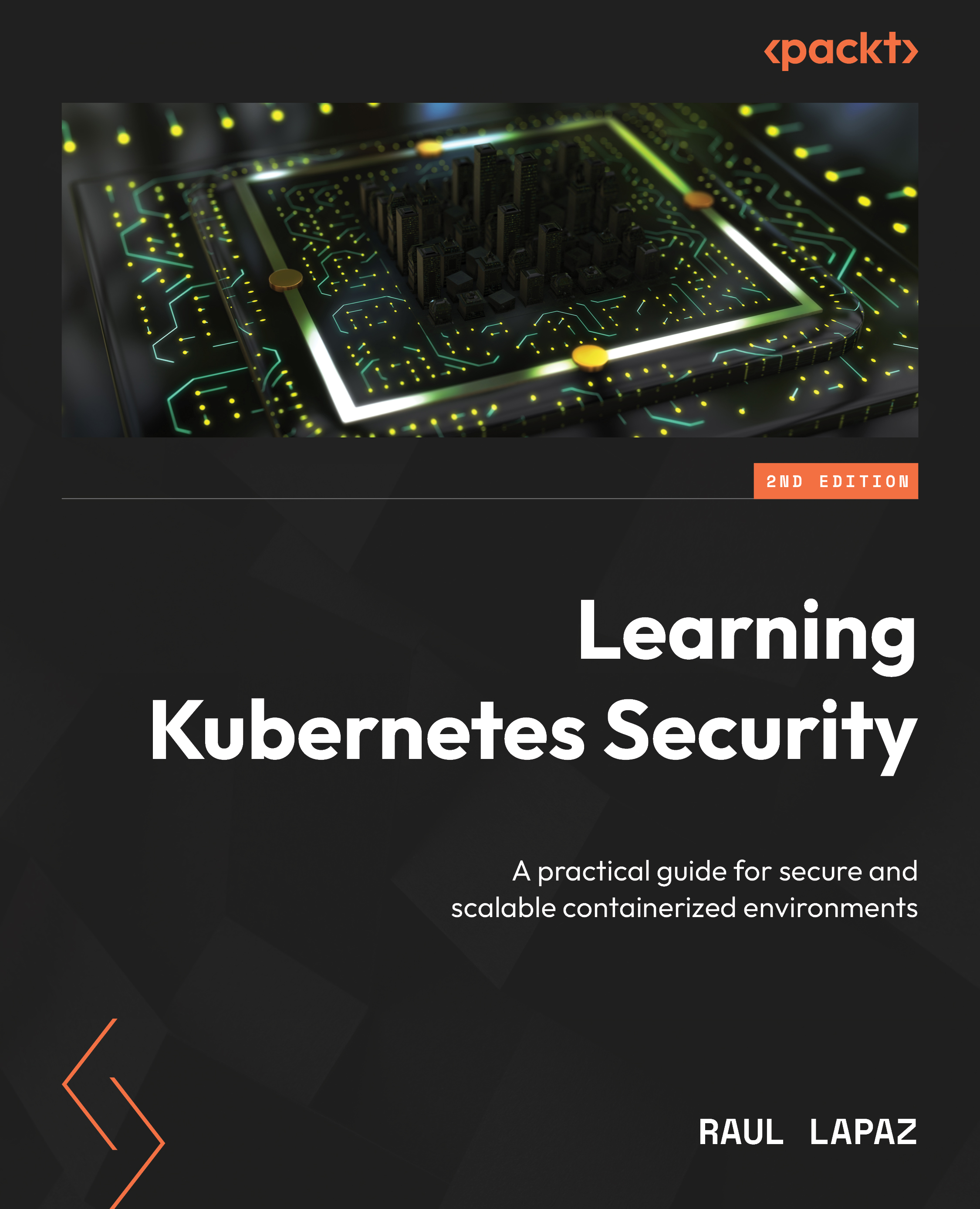Summary
This chapter discussed the typical port resource conflict problem and how the Kubernetes network model tries to avoid this while maintaining good compatibility for migrating applications from the VM to Kubernetes Pods. Next, the communication inside a Pod, among Pods, and from external sources to Pods was discussed.
Finally, we covered the basic concept of the CNI and introduced how Calico works in the Kubernetes environment with a step-by-step guide to install a popular CNI plugin (Cilium). After the first two chapters, we hope you have a basic understanding of how Kubernetes networking components work and how components communicate with each other.
In Chapter 3, Threat Modeling, we’re going to talk about threat modeling.

































































